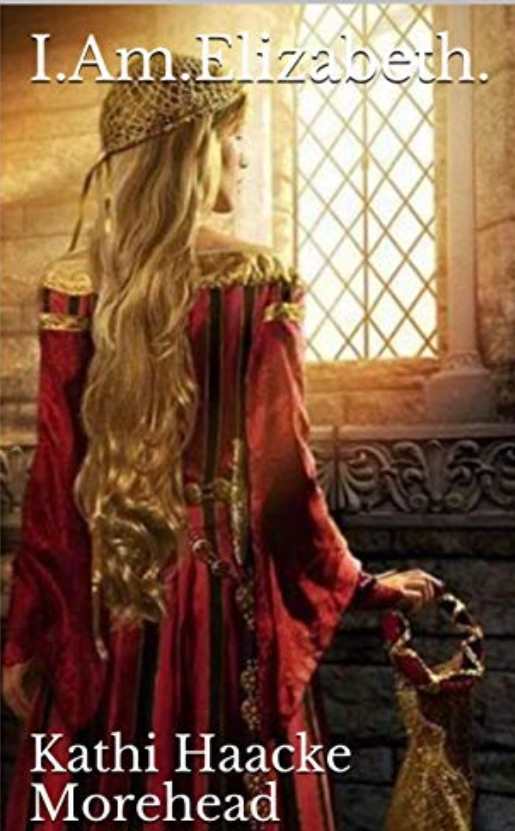
I.Am.Elizabeth.
I.Am.Elizabeth. is an unusual novel in which a woman learns to forgive herself with the help of an otherworldly royal.
In Kathi Haacke Morehead’s historical fantasy I.Am.Elizabeth., Elizabeth of York is an otherworldly companion to Annie Campbell, a Maryland psychiatric patient.
Annie is plagued by guilt after a car accident killed her family. She chooses to be mute. Elizabeth, the Tudor queen who first presented herself to Annie when she was a child, accompanies Annie throughout her hospitalization. Between the present day (during which Annie writes Elizabeth’s biography), Annie’s past, and the 1500s, the women’s friendship strengthens.
Intrigue builds because of Elizabeth’s involvement in the story. She is an ambiguous woman who claims to be neither an angel nor a ghost. She hints at unspeakable pain. She reads Annie’s mind and can be seen and felt by Annie alone. She confronts “truth” in the hopes that Annie will do the same. Much is made of viewing the past in context and of revisiting memories to consider their facts, and both perspectives prove to be sound. Mentions of a shared destiny promise an enticing rationale for Elizabeth’s visitations, but the details of that connection are unclear.
A slow-burning, speculative plot emphasizes the personal side of the Plantagenets. History is shared in a repetitive way, shown through Elizabeth’s extended memories, Annie’s hospital routine, and Annie’s periodic, prompting questions. The limited setting and copious dialogue impede development. Textual shortcuts, like italicized thoughts, stand in place of evocative descriptions.
Tender moments stand out in the text, as when a nurse shares her outsider’s view of Annie’s decades-long mutism and acts as an intermediary between Annie’s self-imposed isolation and her surroundings. White roses, a symbol of the House of York, are a touching motif.
Elizabeth’s supernatural longevity leads to gentle humor, as when she comments on people who lived outside of her time, from Napoleon to David Bowie in a playful way that leads to warmth between her and Annie. Her observations on contemporary life and notions of power and duty are insightful.
Serious as the York’s dynastic turmoil becomes, the book’s message on love and pain is hopeful. Still, its unanswerable questions are distracting, including how Elizabeth could recreate the crystalline dialogue she overheard centuries before or why she waited for much of Annie’s life to speak about herself. Elizabeth’s advisory role suits her regal stature, yet she is too tidy in her delivery of wisdom. For all the parallels that are drawn between the two women and their long-held grief, their characterizations remain in the realm of ideas.
I.Am.Elizabeth. is an unusual novel in which a woman learns to forgive herself alongside an earnest and passionate foray into royal history.
Reviewed by
Karen Rigby
Disclosure: This article is not an endorsement, but a review. The publisher of this book provided free copies of the book and paid a small fee to have their book reviewed by a professional reviewer. Foreword Reviews and Clarion Reviews make no guarantee that the publisher will receive a positive review. Foreword Magazine, Inc. is disclosing this in accordance with the Federal Trade Commission’s 16 CFR, Part 255.
